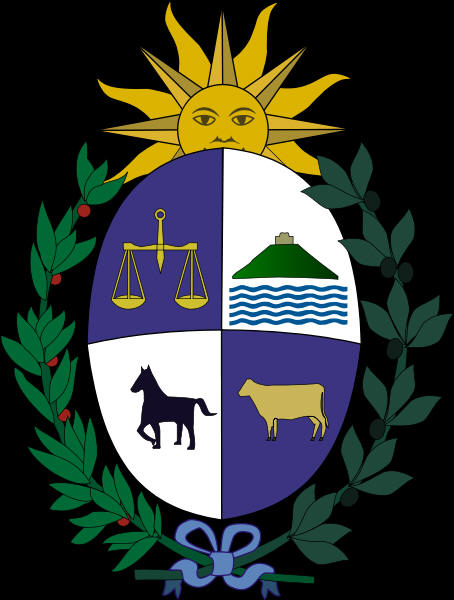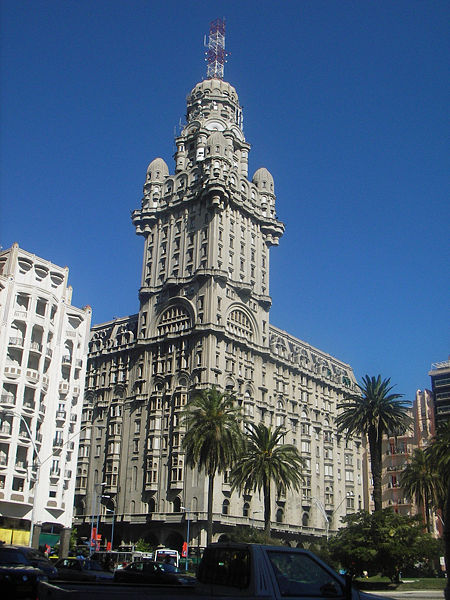

Montevideo, founded by the Spanish in 1726 as a
military stronghold, soon took advantage of its natural harbor to
 become an important commercial center. Claimed by Argentina but
annexed by Brazil in 1821, Uruguay declared its independence four
years later and secured its freedom in 1828 after a three-year
struggle. The administrations of President Jose BATLLE in the early
20th century established widespread political, social, and economic
reforms that established a statist tradition. A violent Marxist
urban guerrilla movement named the Tupamaros, launched in the late
1960s, led Uruguay's president to cede control of the government to
the military in 1973. By yearend, the rebels had been crushed, but
the military continued to expand its hold over the government.
Civilian rule was not restored until 1985. In 2004, the
left-of-center Frente Amplio Coalition won national elections that
effectively ended 170 years of political control previously held by
the Colorado and Blanco parties. Uruguay's political and labor
conditions are among the freest on the continent.
become an important commercial center. Claimed by Argentina but
annexed by Brazil in 1821, Uruguay declared its independence four
years later and secured its freedom in 1828 after a three-year
struggle. The administrations of President Jose BATLLE in the early
20th century established widespread political, social, and economic
reforms that established a statist tradition. A violent Marxist
urban guerrilla movement named the Tupamaros, launched in the late
1960s, led Uruguay's president to cede control of the government to
the military in 1973. By yearend, the rebels had been crushed, but
the military continued to expand its hold over the government.
Civilian rule was not restored until 1985. In 2004, the
left-of-center Frente Amplio Coalition won national elections that
effectively ended 170 years of political control previously held by
the Colorado and Blanco parties. Uruguay's political and labor
conditions are among the freest on the continent.
Uruguay's economy is characterized by an export-oriented agricultural sector, a well-educated work force, and high levels of social spending. After averaging growth of 5% annually during 1996-98, in 1999-2002 the economy suffered a major downturn, stemming largely from the spillover effects of the economic problems of its large neighbors, Argentina and Brazil. In 2001-02, Argentine citizens made massive withdrawals of dollars deposited in Uruguayan banks after bank deposits in Argentina were frozen, which led to a plunge in the Uruguayan peso, a banking crisis, and a sharp economic contraction. Real GDP fell in four years by nearly 20%, with 2002 the worst year. The unemployment rate rose, inflation surged, and the burden of external debt doubled. Financial assistance from the IMF helped stem the damage. Uruguay restructured its external debt in 2003 without asking creditors to accept a reduction on the principal. Economic growth for Uruguay resumed, and averaged 8% annually during the period 2004-08. The 2008-09 global financial crisis put a brake on Uruguay's vigorous growth, which decelerated to 1.7% in 2009. Nevertheless, the country managed to avoid a recession and keep positive growth rates, mainly through higher public expenditure and investment.
GDP: 44.52 billion (2009 est.)
Contributor: Awet Goitom
Site Design and Framework: Awet Goitom